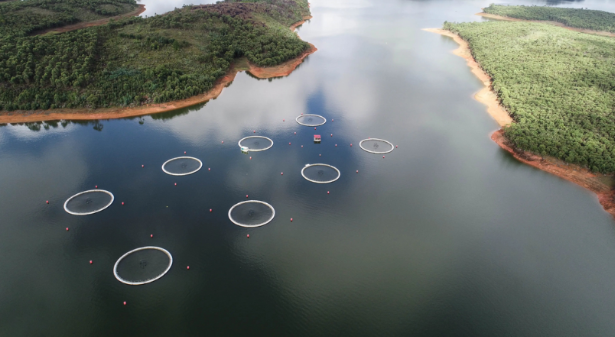
The history of faxing is a testament to the relentless pursuit of efficient communication in an ever-evolving technological landscape. What began as a groundbreaking method of transmitting images over telegraph wires in the mid-19th century has evolved into a sophisticated digital process that seamlessly integrates with modern business operations.
This article traces the remarkable journey of faxing, from its analog origins to its current state, as an indispensable tool in digital communication.
Table of Contents
The birth of faxing: Analog pioneers
The seeds of faxing were sown in the mid-1800s with the invention of the telegraph, which allowed for the transmission of coded messages over long distances. It wasn’t long before inventors like Alexander Bain and Giovanni Caselli expanded on this concept, developing early facsimile machines that could reproduce images and text. These analog predecessors utilized rotating drums, chemical solutions, and complex encoding mechanisms to transmit information. While rudimentary by today’s standards, they laid the foundation for the following revolutionary advancements.
In the early 20th century, faxing took a significant leap forward by integrating telephony. Innovations like the Hellschreiber and the Bildtelegraph allowed for the transmission of images over standard telephone lines, ushering in a new era of rapid communication. This convergence of telephony and facsimile technology paved the way for more practical and widespread use of fax machines, setting the stage for their integration into businesses and industries worldwide.
Analog to digital: The technological leap
The shift from analog to digital communication in the latter half of the 20th century brought about a transformative era for faxing. Instead of relying on mechanical drums and chemical processes, digital fax machines utilized encoding schemes like Modified Huffman (MH), Modified Read (MR), and Modified Modified Read (MMR) to convert documents into binary code. This leap in technology drastically improved transmission speeds and paved the way for more precise and more reliable fax communication.
The advent of the internet in the late 20th century catalyzed a paradigm shift in faxing. Internet fax services emerged, allowing users to send and receive faxes through email or web-based platforms. This innovation eliminated the need for physical fax machines and dedicated phone lines, streamlining the process and reducing costs. Internet faxing enhanced convenience and opened up new possibilities for businesses to integrate faxing into their digital workflows, marking a significant milestone in the evolution of this communication method.
Fax machines in the digital age: Integration and optimization
As technology continued its rapid advancement, fax machines evolved to keep pace with the demands of modern businesses. Multifunction printers (MFPs) with built-in fax capabilities became commonplace in offices worldwide. This integration allowed for seamless faxing, printing, scanning, and copying, consolidating multiple functions into a single device. MFPs not only improved efficiency but also reduced the physical footprint of office equipment, reflecting a broader trend toward consolidation and optimization in the workplace.
In recent years, the convergence of faxing and email has marked another significant milestone in the evolution of this communication method. Fax-to-email services enable users to send and receive faxes directly from their email accounts. This integration capitalizes on the ubiquity and accessibility of email while retaining the security and legal standing of faxed documents. It represents a harmonious blending of traditional and digital communication methods, showcasing how faxing has successfully adapted to the digital age.
Faxing’s enduring legacy: A bridge across technological ages
Faxing, often considered a relic of the past, has demonstrated remarkable resilience in the face of rapid technological advancement. Its journey from the early analog pioneers to its current state as an integral part of digital communication reflects this technology’s adaptability and enduring relevance. Understanding this evolution provides valuable insights into the broader narrative of technological progress and how established methods can find new life in the digital age.
The origins of faxing lie in the ingenious minds of inventors like Alexander Bain and Giovanni Caselli, who harnessed the potential of telegraphy to transmit images. Though rudimentary compared to modern standards, these early facsimile machines marked a pivotal moment in the history of communication. The integration of telephony further propelled faxing forward, enabling the transmission of images over standard telephone lines.
This convergence laid the groundwork for the widespread adoption of fax machines, setting the stage for their integration into various industries and businesses worldwide. The analog era of faxing was characterized by rotating drums, chemical solutions, and intricate encoding mechanisms, all of which paved the way for the digital revolution whereby businesses can send and receive fax online.
All in all
The journey of faxing from its analog origins to its current state as a digital communication powerhouse is a testament to human ingenuity and the relentless pursuit of efficient communication methods. From the mechanical wonders of the 19th century to the seamless integration with modern digital workflows, faxing has not only endured but thrived.
As businesses continue to navigate the ever-changing landscape of technology, the evolution of faxing stands as a remarkable example of adaptation and optimization in the quest for effective communication.


